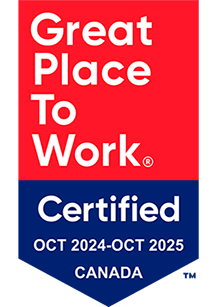|
PROPERTY |
EPOXY |
URETHANE |
|
Adhesion |
Excellent |
Very Good |
|
Abrasion Resistance |
Good |
Excellent |
|
Chemical Resistance |
Excellent |
Average |
|
Component Stress |
Poor |
Good |
|
Cost |
Variable |
Variable |
|
CTE (Coefficient of thermal expansion) |
Low |
Medium |
|
Elongation |
Low |
High |
|
Exotherm (heat generated during cure) |
Higher |
Medium |
|
Handling |
Good |
Good |
|
High Temperature Operation |
Good |
Poor |
|
Impact Resistance |
Good |
Excellent |
|
Low Temperature Operation |
Average |
Good |
|
Moisture Sensitivity (Prior to cure) |
Low |
High |
|
Thin Film Cure |
Slow |
Variable |
|
Tensile Strength |
High |
Medium |
|
Tear Strength |
N/A |
Good |
|
Thermal Cycling ability |
Very Good |
Very Good |
|
Item |
Note |
|
Desired material type |
Epoxy or Polyurethane - Single Component or 2 Component. |
|
Processing conditions |
Manual or Automated (i.e. dispense equipment). |
|
Processing temperature |
The maximum temperature available or allowed. |
|
Amount of material used at a time |
The desired amount of product to be mixed or used at a time. |
|
Desired working time |
How long the mixed material has to stay pourable. |
|
Desired cure conditions |
Cure time and maximum cure temperature available. |
|
Performance requirements |
The desired performance requirements for the final part. |
|
Final test parameters |
The testing to determine the part suitability (i.e. thermal cycling etc.) |
|
Embedded components if any |
The type of components embedded in the casting, if any. |
|
Special requirements if known |
Hardness, flammability, electrical properties etc. |
|
Part operating conditions |
i.e. indoor, outdoor, temperature, humidity, solvent resistance etc.) |
|
Potential volume |
Total volume or volume per part and the number of planned parts. |
|
|
Influences the type of product, reaction speed and cost factors. |
|
Property |
Should also indicate |
|
Mixed Viscosity |
Temperature |
|
Pot Life |
Temperature |
|
Elongation % |
Temperature or ASTM D 638 |
|
Hardness |
Temperature or ASTM D 2240 |
|
Linear Shrinkage % |
in/in or ASTM D 2566 |
|
Flammability |
Specimen Thickness |
|
Dielectric Strength |
Specimen Thickness or ASTM D 149 |
|
Dielectric Constant |
Frequency, Temperature, Test method ( ASTM D 150) |
|
Dissipation Factor |
Frequency, Temperature, Test method ( ASTM D 150) |
|
Volume Resistivity |
Test Specimen, Temperature, Test Method ( ASTM D 257) |
- Mixed viscosity
- Reactivity
- Exotherm
- Shrinkage
- Thermal stability
- Thermal conductivity
- Thermal shock capabilities
- Thermal expansion properties
- The evaporation of a volatile component within the formulation.
- The application on Ultra Violet energy (UV cure).
- The presence of moisture in the surrounding air (Relative Humidity).
- The type of system you are using (TDI or MDI)
- The Equivalent Weight of your Curative
- The NCO content of your pre-polymer
- The % Stoichiometry to yield the desired cured properties



